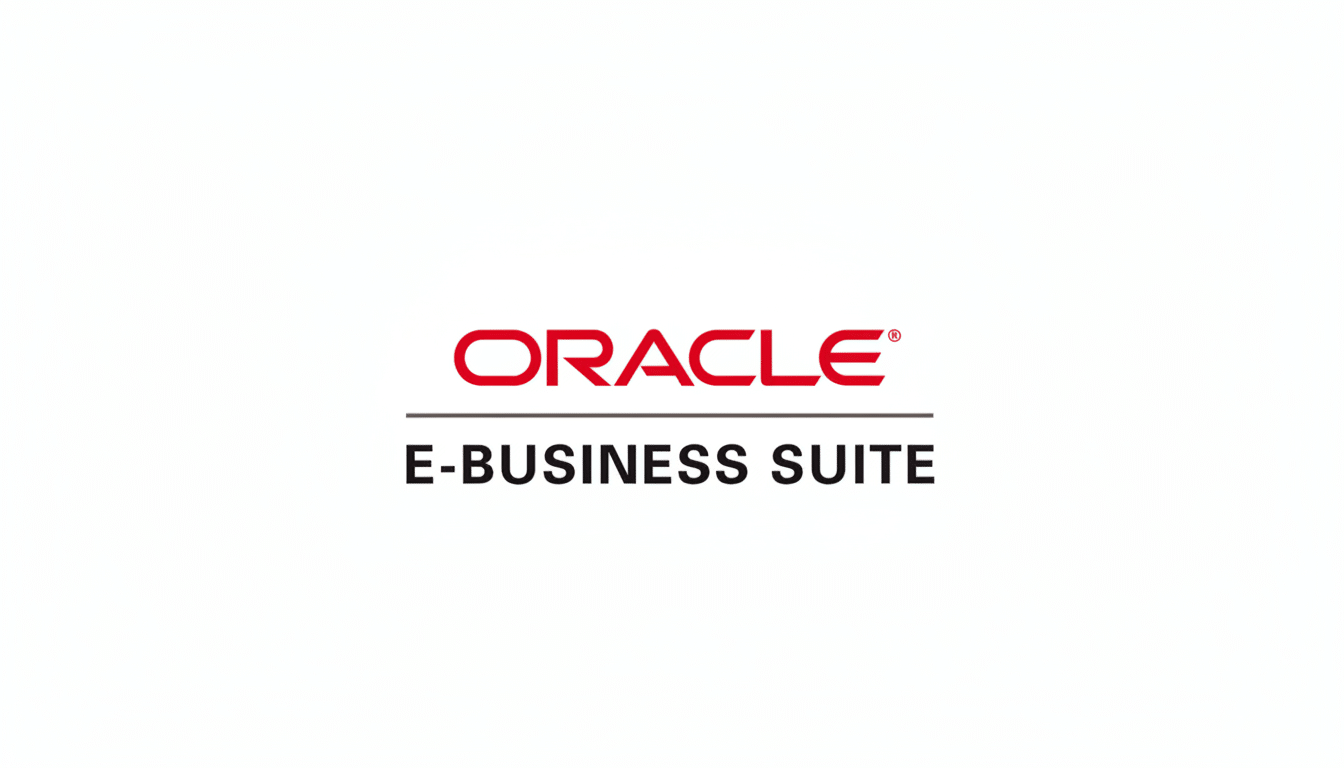The Washington Post has acknowledged it was part of an expanding cyber operation linked to Oracle software that analysts believe was engineered to pilfer sensitive business records en masse. The breach seems related to a surge of intrusions taking advantage of Oracle E‑Business Suite, investigators said, and data theft and extortion appeared to be the main goals.
What Investigators Say Happened in the Oracle EBS Attacks
Specialists in threat intelligence at Google’s Mandiant unit were alerted to a concerted effort towards Oracle E‑Business Suite environments, with extortion emails aimed straight up at executives. Attackers are thought to have used a zero‑day vulnerability, which allowed remote code execution without authentication, giving them the means to escalate from initial access to exfiltration in swift order.
- What Investigators Say Happened in the Oracle EBS Attacks
- A Growing Victim List Among High-Profile Organizations
- The Clop Connection and Past Playbook in Enterprise Attacks
- Why Newsrooms Are Prime Targets for Data Theft Campaigns
- What’s in ‘The Post’ So Far About the Oracle-Linked Breach
- Oracle EBS Users: Immediate Steps for Rapid Risk Mitigation
- The Cost and Compliance Perspective for Breached Firms

Oracle has released fixes and urged customers to apply the patches immediately, noting that the vulnerability could be exploited over the internet without requiring a valid username and password.
For enterprise apps that handle finances, HR and procurement — the very systems in which high-value data such as payroll, supplier information or invoice history is stored — this is a worst-case scenario.
A Growing Victim List Among High-Profile Organizations
The newspaper is among a list of organizations including Harvard University and Envoy, an American Airlines regional carrier, that have disclosed similar breaches. Security teams monitoring the campaign warn that additional victims may still come to light as incident responders finalize scoping for impacted systems and comb through forensic artifacts.
Extraction crews typically dribble out public leaks for leverage in negotiations because the software also looks to privileged data stores, giving hackers a chance to skim against financial records and HR datasets that carry an instant monetization pull, according to Deepwatch and Fenix24 experts.
The Clop Connection and Past Playbook in Enterprise Attacks
Attribution in cyber incidents is seldom easy, but all signs point to the Clop group, which has a history of targeting enterprise software supply chains.
Its public disclosures flash, caroming through its MOVEit Transfer subscribers, comes at the expense of thousands of organizations and tens of millions of individuals, highlighting a shift towards data theft and extortion as opposed to simple ransomware encryption.
Through the recent analysis by Mandiant we can see that dwell times have come down to days rather than months, suggesting slimmer exploitation vectors and automation. That speed reduces defenders’ opportunities to spot movement laterally, or abnormal data flows that precede bulk exfiltration, before it’s too late.
Why Newsrooms Are Prime Targets for Data Theft Campaigns
There are no signs that the editorial system was the target, but a big news organization’s back office is a treasure trove: vendors’ contracts, payroll and benefits information, legal correspondence and systems for payments.

Attackers value those datasets because they facilitate follow‑on fraud, business email compromise and supply‑chain impersonation that can scale well beyond a single victim.
The reputational stakes are high. Public‑facing brands can find themselves under extra pressure to pay out, or settle fast in cases where employee or partner records may have been exposed. That’s exactly the dynamic extortion‑driven groups are counting on.
What’s in ‘The Post’ So Far About the Oracle-Linked Breach
The organization has admitted it was compromised, but declined to say what data, if any, had been accessed.
The Post is consulting with cybersecurity experts and has alerted the relevant companies. There usually follow more disclosures, once forensic inquiry establishes the extent of the wrongdoing.
Oracle EBS Users: Immediate Steps for Rapid Risk Mitigation
Security teams that operate Oracle E‑Business Suite need to quickly focus on the latest Oracle Critical Patch Update, then validate whether internet exposure is actually needed and limit access through allowlisting and network segmentation.
Log files should monitor for abnormal concurrent manager jobs, new JSP/PLSQL files in the app directories, unusual scheduler behavior and large outbound transfers off the application tier(s).
- Rotate app and database credentials.
- Terminate non‑critical service accounts.
- Ensure MFA on admin consoles and remote access systems.
- Verify integration integrity with HR, finance, SSO, or data‑warehouse tools.
This will enable organizations to isolate impacted hosts, gather volatile memory when feasible, and engage incident response partners who are intimate with EBS internals.
The Cost and Compliance Perspective for Breached Firms
IBM’s latest Cost of a Data Breach 2019 report has the global average cost at about $4.9 million, with higher impacts when third‑party software and when exfiltration is detected after the fact. For businesses that handle personal or financial data, legal requirements related to notification and record‑keeping may impose substantial costs — and distract management’s attention from their mission.
The lesson is not new but newly urgent: that, when mission‑critical ERP suites sit at the heart of finance and HR, the patch cadence, network posture, and monitoring depth for them need to reflect their business centrality. As this episode demonstrates, the bad guys are looking at Oracle environments as a virtual tightrope to the crown jewels, and they’re not just sitting there — they’re running across it.

